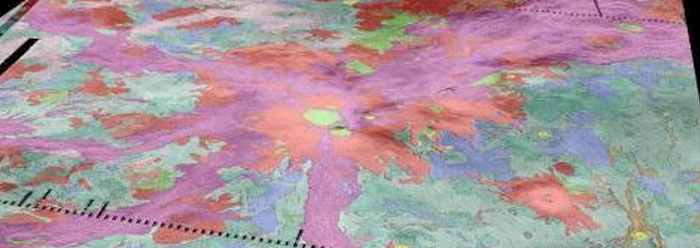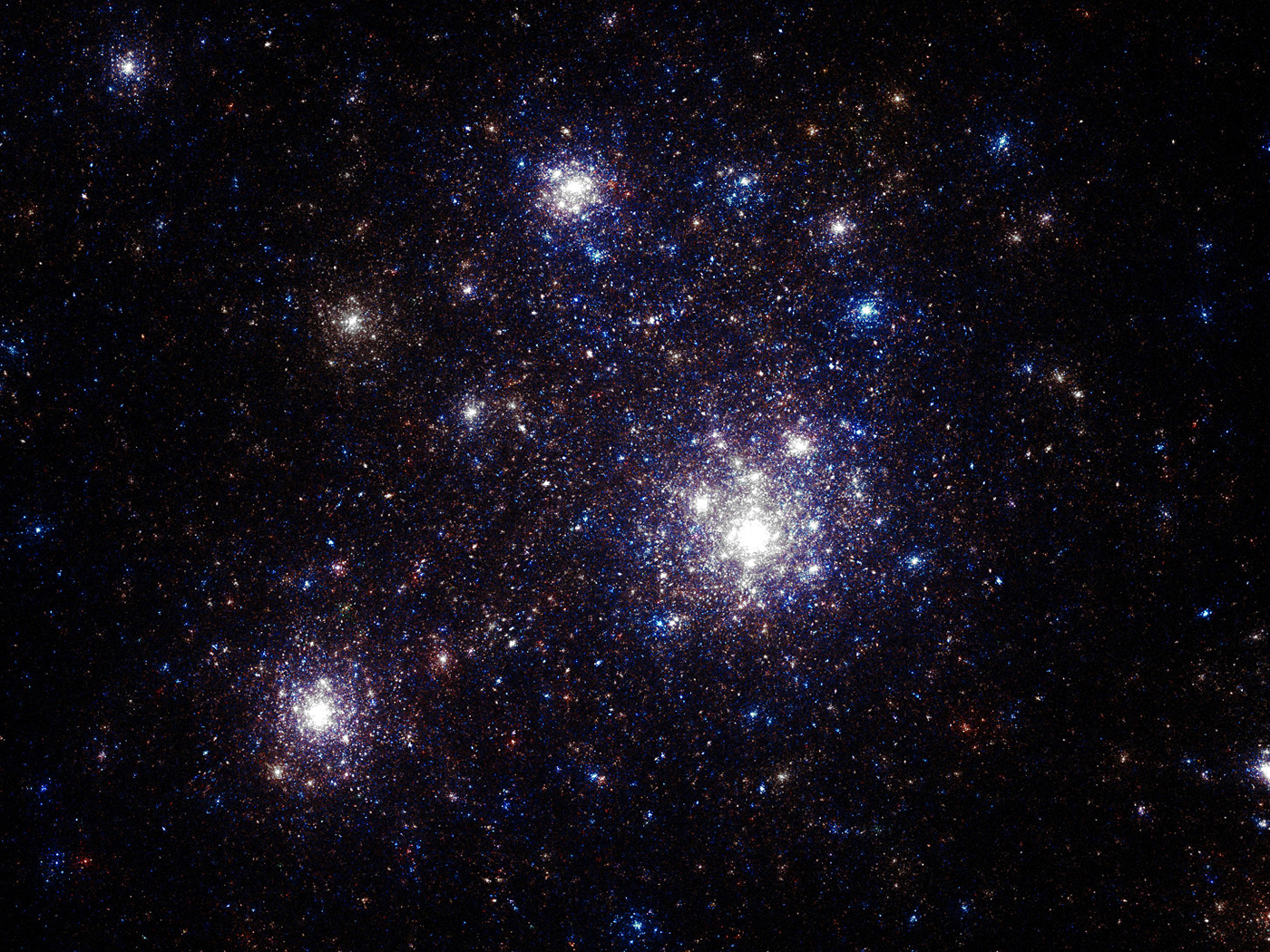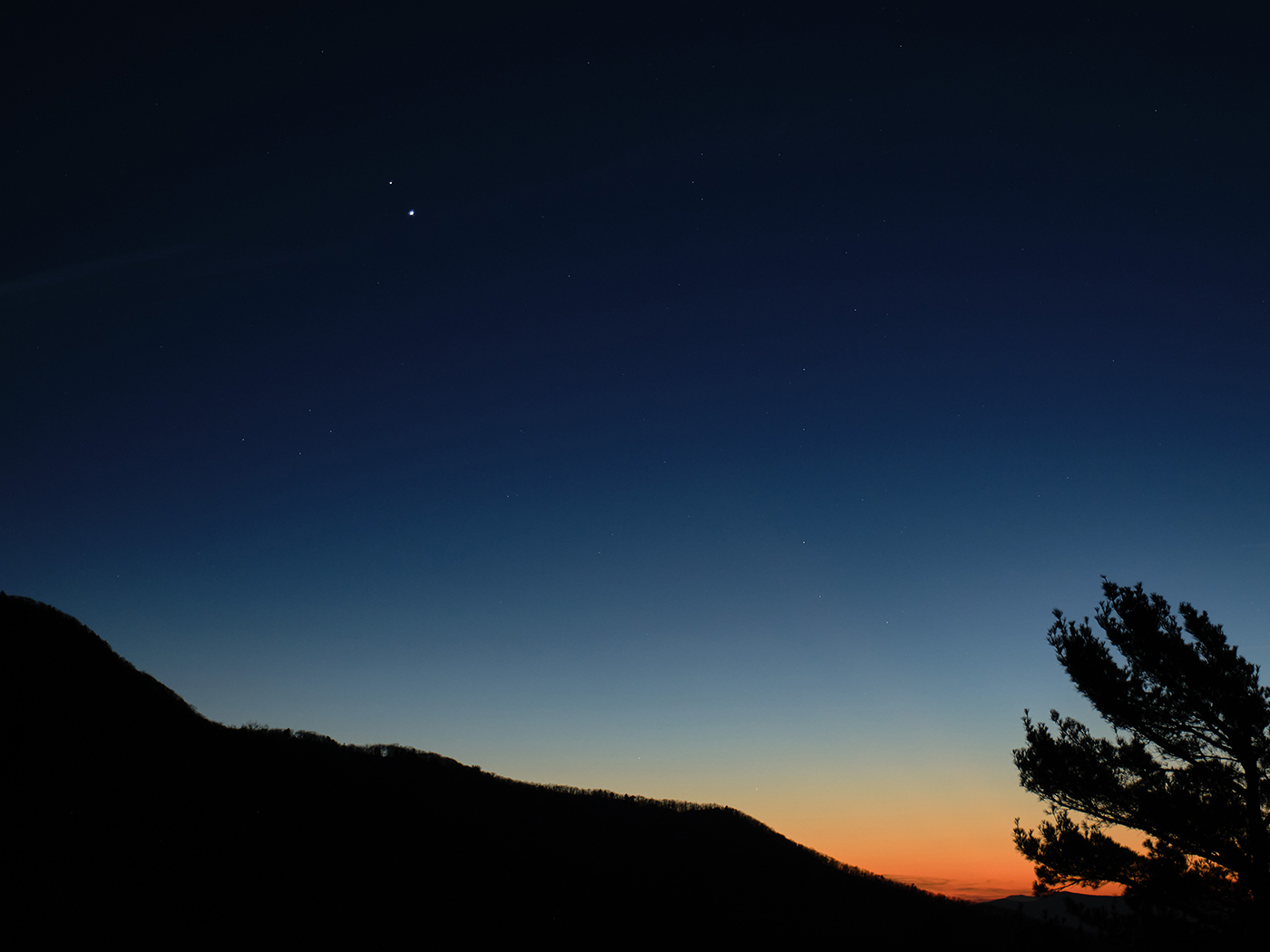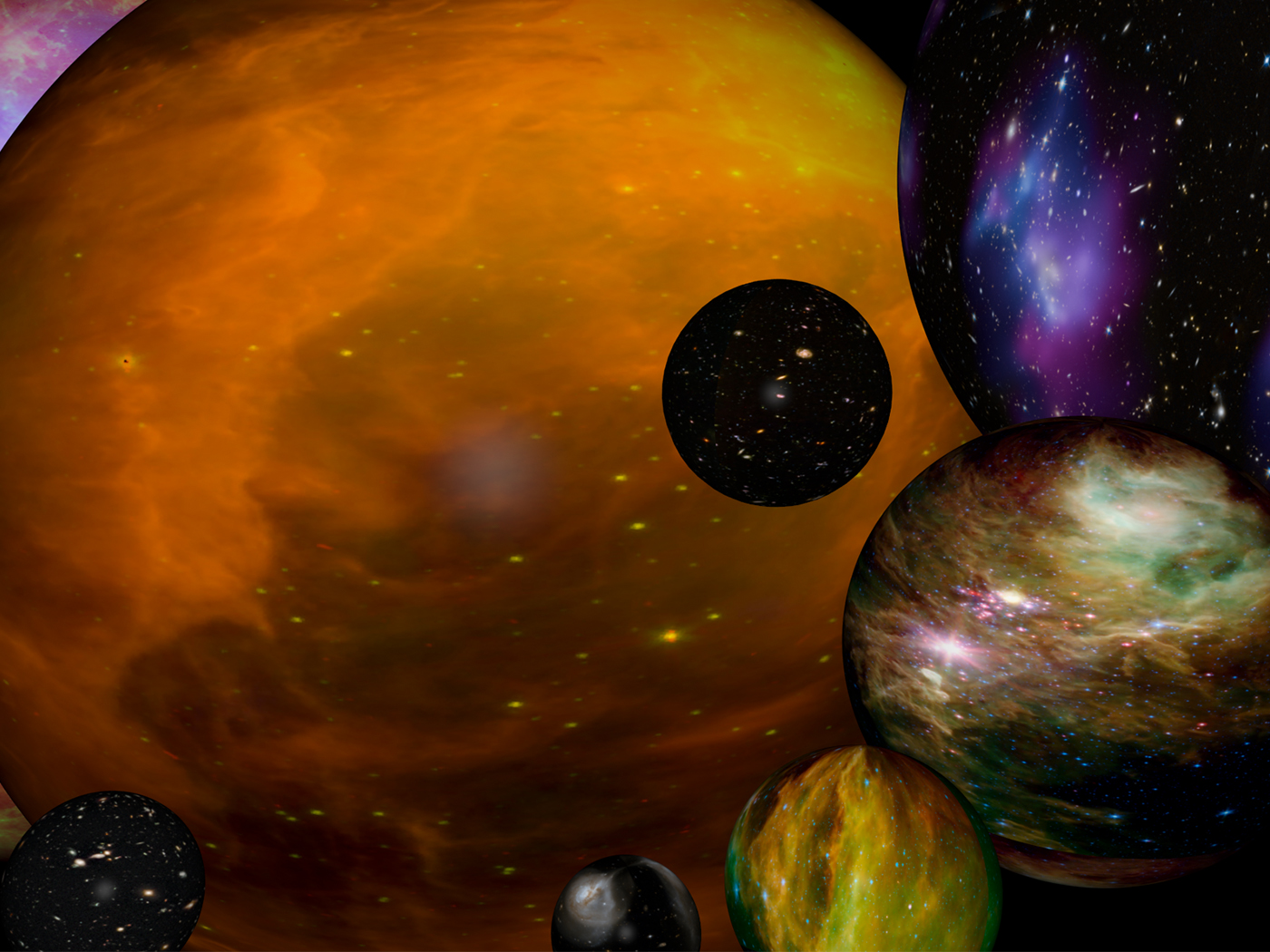The tortured surface of Venus appears to have been formed through recent geologic processes, and its rocks contain no record of deep time.1 What if Venus were young rather than 4.5 billion years old? It would explain quite a bit, including a brand-new discovery made by scientists peering through its dense atmosphere.
Gathering clues from Venus' cloud-covered surface is no easy task. Astronomers based at Brown University stitched together 2,463 images of a rift system called Ganiki Chasma taken by the Venus Express spacecraft as it orbited the planet. The astronomers created a time-lapse mosaic of the rift system and saw intriguing spots that would suddenly burn bright then quickly fade.
In their technical report, published in Geophysical Research Letters, scientists explained that those illuminated spots stayed in one place on the rift system. This showed they did not originate in the atmosphere, since Venus' horrendous weather patterns feature fast-blowing winds of toxic gases that would have dragged any airborne hotspots across the viewing field.2 And because the stationary bright spots were positioned at the edges of rifts—exactly where volcanic activity on Earth occurs— the researchers concluded they were indeed looking at volcanic activity occurring on Venus.
In a Brown University press release, senior author James Head said,
We knew that Ganiki Chasma was the result of volcanism that had occurred fairly recently in geological terms, but we didn't know if it formed yesterday or was a billion years old. The active anomalies detected by Venus Express fall exactly where we had mapped these relatively young deposits and suggest ongoing activity.3
Their data showed that the volcanic eruptions of lava, "become brighter on the time scale of days."3
Volcanos on Venus fit the theme of youthful geologic processes found all around the Solar System. They include the excess internal heat of Jupiter, ice-plume geysers from Saturn's moon Enceladus, jet emissions from comets, vaporizing comets, fading planetary magnetic fields, and active volcanism such as on Jupiter's moon Io—and now apparently on Venus.
All of these are difficult to explain if the Solar System's planets and comets formed billions of years ago. They should be old, cold, and dead, but instead they're vigorous. What could possibly keep these objects hot, fueled, magnetic, or volcanic after all this time?
Removing assumptions of millions of years solves the fascinating mystery of volcanos on Venus. The tremendous energy remains in the planet from its creation only thousands of years ago.
References
- Thomas, B. Most of Venus' History Is Missing? Creation Science Update. Posted on icr.org January 31, 2014, accessed June 24, 2015.
- Shalygin, E. V. et al. Active volcanism on Venus in the Ganiki Chasma rift zone. Geophysical Research Letters. Posted online before print, May 23, 2015, accessed June 24, 2015.
- Stacey, K. Study suggests active volcanism on Venus. News from Brown. Posted on news.brown.edu June 18, 2015, accessed June 22, 2018..
Image credit: © 2015 Ivanov/Head/Dickson/Brown University. Adapted for use in accordance with federal copyright (fair use doctrine) law. Usage by ICR does not imply endorsement of copyright holders.
*Mr. Thomas is Science Writer at the Institute for Creation Research.
Article posted on July 13, 2015.

























